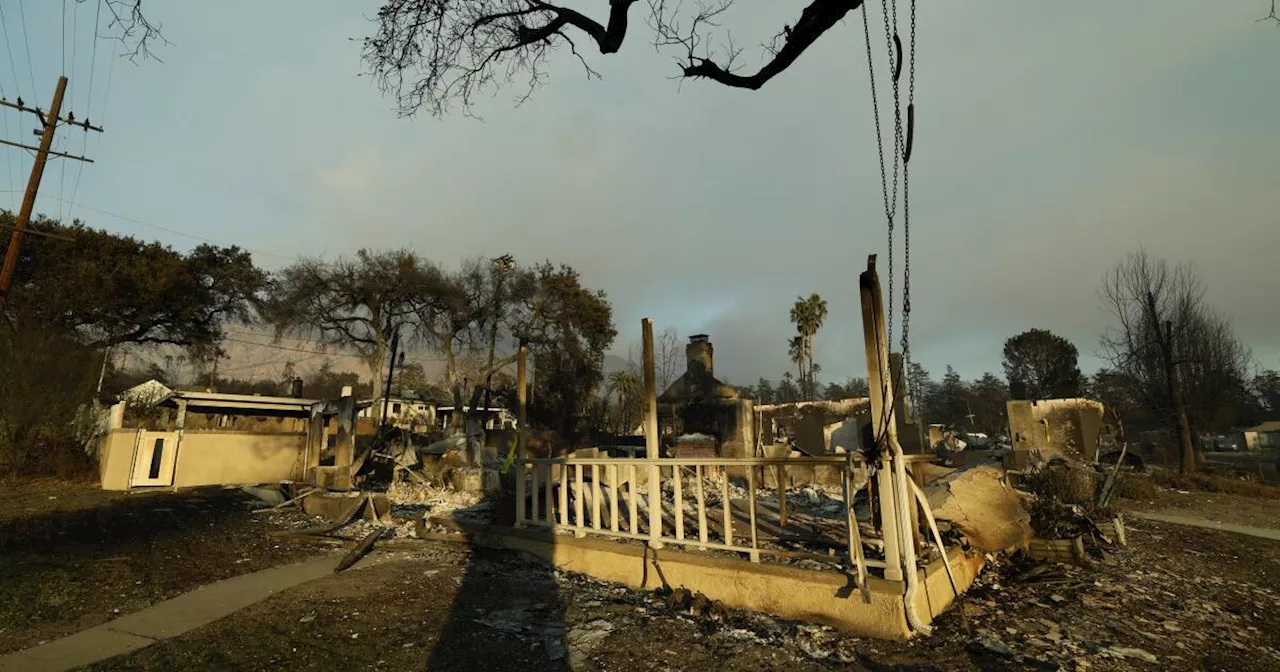This article explores the rise in poverty in 2023 despite income growth, emphasizing the need for a multidimensional approach to address this issue. Drawing parallels to successful New Deal programs, it advocates for a comprehensive safety net that goes beyond traditional measures, incorporating housing stability, living wages, and climate resilience. The author, drawing from their personal experience with poverty, highlights the interconnectedness of social, economic, and environmental factors contributing to poverty and calls for a renewed commitment to government-backed initiatives that empower individuals and communities.
Even as incomes rose in 2023, the number of Americans living in poverty increased. More and more people are struggling to afford their basic needs. However, this is a problem we can actually solve. With a fully mobilized, multidimensional effort, the U.S. can significantly reduce the poverty rate, especially since we've done it before. I grew up in poverty, my parents among the working poor.
We were a family of seven, including my two parents and my four siblings, living in a rural community in Lowndes County, Alabama. That upbringing helped me understand the different degrees of poverty. Our home had an electric pump that provided water from a nearby well, yet no running water inside our home or a working bathroom. In my work researching environmental health and fighting for climate justice, I have seen poverty stemming from various causes, both social constructs and intentional policies. I've seen the effects of redlining, which financially devalued Black communities across the country, and of locating a sewage lagoon or toxic waste site next to a Black, brown, or poor community, which lowered the value of their homes while increasing disease incidence. In urban Los Angeles, with its sky-high housing costs, I have seen the large number of homeless people on the streets and also met people who have lived in their vehicles while working and making money that would put them in the middle class in Alabama. Too many people, from Aspen, Colorado, to New York City, work for a salary that doesn't cover their cost of living. This multifaceted nature of poverty in the United States, whether urban or rural, can make it seem daunting to tackle. But some of the New Deal programs established under President Franklin Delano Roosevelt nearly a century ago provide a template: Offer more bridges out of poverty than a single, often inadequate, safety net. My great-great-grandparents benefited from one New Deal-era program that enabled them to purchase land. The Federal Housing Administration, established through the New Deal's National Housing Act of 1934, promoted homeownership by backing loans to guarantee mortgages. Such programs made homeownership and land accessible to my family, including my parents in the rural South. This progress broke through other policies of the time limiting access to resources for Black families, providing a chance to build wealth and financial stability for those who navigated these programs — an especially notable feat just decades after slavery ended in our nation and as the United States was coming out of the Depression. This type of imagination and action is needed currently. Recent disasters, including the devastating wildfires in California and hurricanes in North Carolina and Florida, caused many families to lose their largest investment, their homes. Their experience makes the case for redefining poverty to include those who seem financially stable until they incur great economic losses due to climate events or crises beyond their control. Looking at the New Deal, the Resettlement Act of 1937 — the forerunner to the Farmers Home Administration — may provide a glimpse into what is possible. The resulting programs provided benefits such as medical care for poor families and collaboration with farmers and their debtors to try to head off foreclosure, which looms over many disaster victims. By one estimate, farmers who participated in these programs raised their incomes by 69%. In this period overall, one study found that the proportion of Americans living in poverty dropped from more than 60% in 1933 to less than 40% by 1945. Climate change and extreme weather disasters will continually demand that we change our outlook. What if the safety net for Americans could be extended, for example, to include economic security that protects their investment in their homes and allows them to rebuild if necessary? Beyond incorporating New Deal-type government programs with updated policies designed to support homeownership and a living wage for all Americans, what about public-private partnerships such as the one building innovative, resilient, and affordable ZenniHome houses for citizens of the Navajo Nation? Herbert Hoover, the 31st president of the United States, predicted during his 1928 campaign that 'given a chance to go forward with the policies of the last eight years, and we shall soon with the help of God, be in sight of the day when poverty will be banished from this Nation.' Yet he became a powerful critic of the New Deal programs from his successor, FDR. Let us end that self-defeating resistance to government-backed progress and transform Hoover’s words about poverty from a vision into reality. The last 12 months have been wrought with disasters, but such radical events also point to an opportunity to eliminate poverty in our nation
Economics Poverty Government Policy Poverty New Deal Government Programs Economic Security Climate Change Housing Living Wage Social Safety Net
United States Latest News, United States Headlines
Similar News:You can also read news stories similar to this one that we have collected from other news sources.
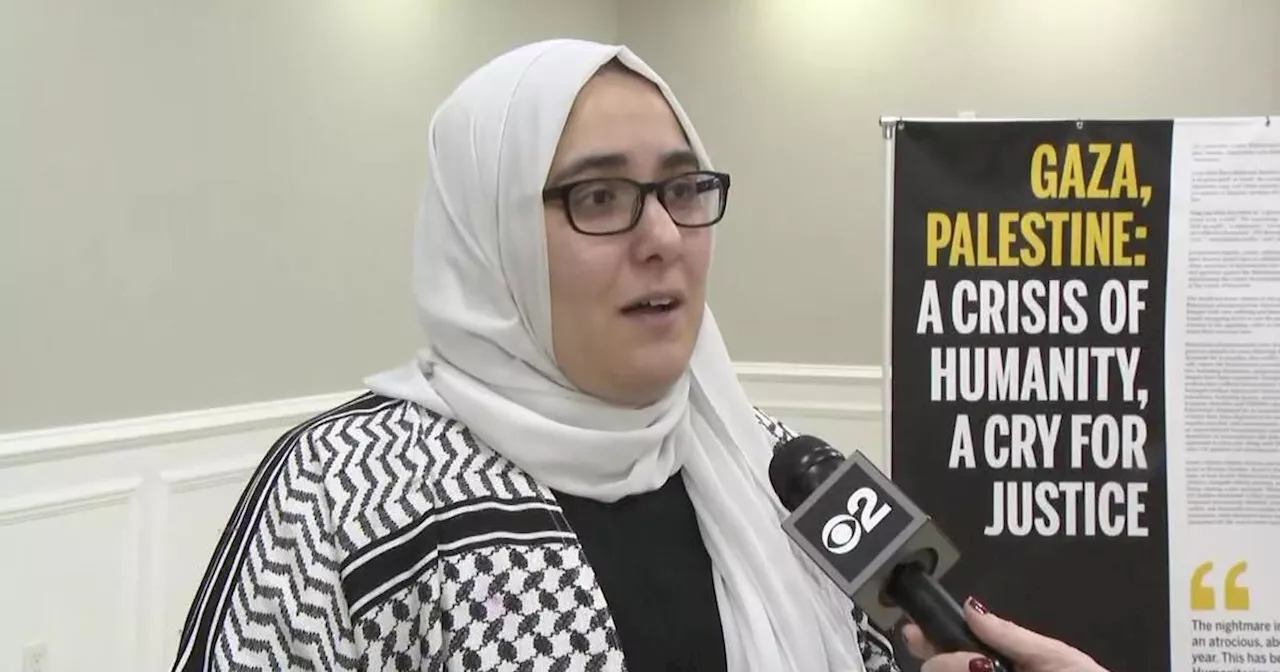 Families in New York, New Jersey anxious about Israel-Hamas ceasefire dealPalestinian and Israeli Americans in the Tri-State Area are eagerly awaiting word that the Israel-Hamas ceasefire will begin Sunday.
Families in New York, New Jersey anxious about Israel-Hamas ceasefire dealPalestinian and Israeli Americans in the Tri-State Area are eagerly awaiting word that the Israel-Hamas ceasefire will begin Sunday.
Read more »
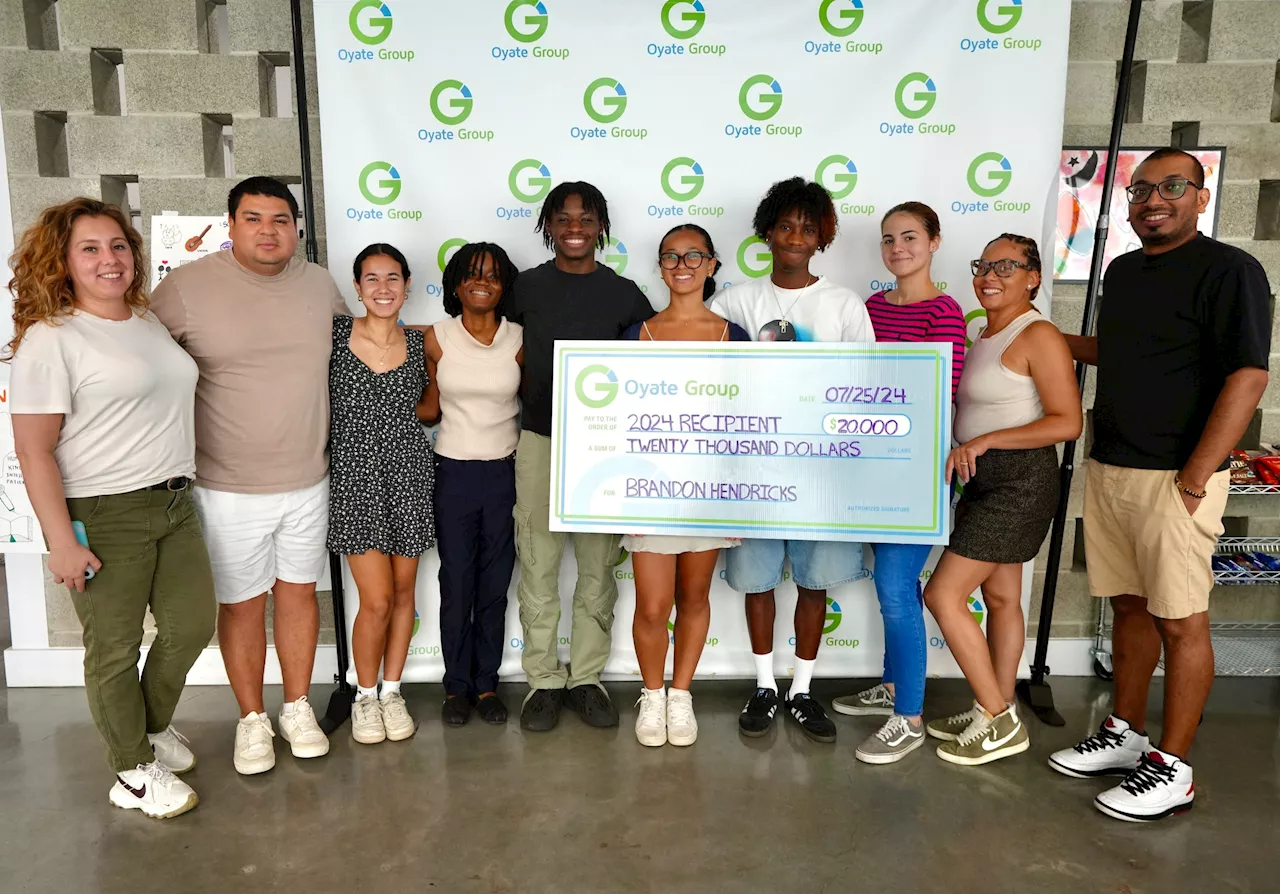 Oyate Group has launched a new era in anti-poverty effortsThe Oyate Group has thrived with the support of funds from foundations, donors, and members of the Major League Baseball Players Association.
Oyate Group has launched a new era in anti-poverty effortsThe Oyate Group has thrived with the support of funds from foundations, donors, and members of the Major League Baseball Players Association.
Read more »
 Deal or No Deal Island is your next reality TV obsession'Deal or No Deal Island' is your next reality TV obsession: We went on set for season 2 to see all the madness and mayhem for ourselves.
Deal or No Deal Island is your next reality TV obsession'Deal or No Deal Island' is your next reality TV obsession: We went on set for season 2 to see all the madness and mayhem for ourselves.
Read more »
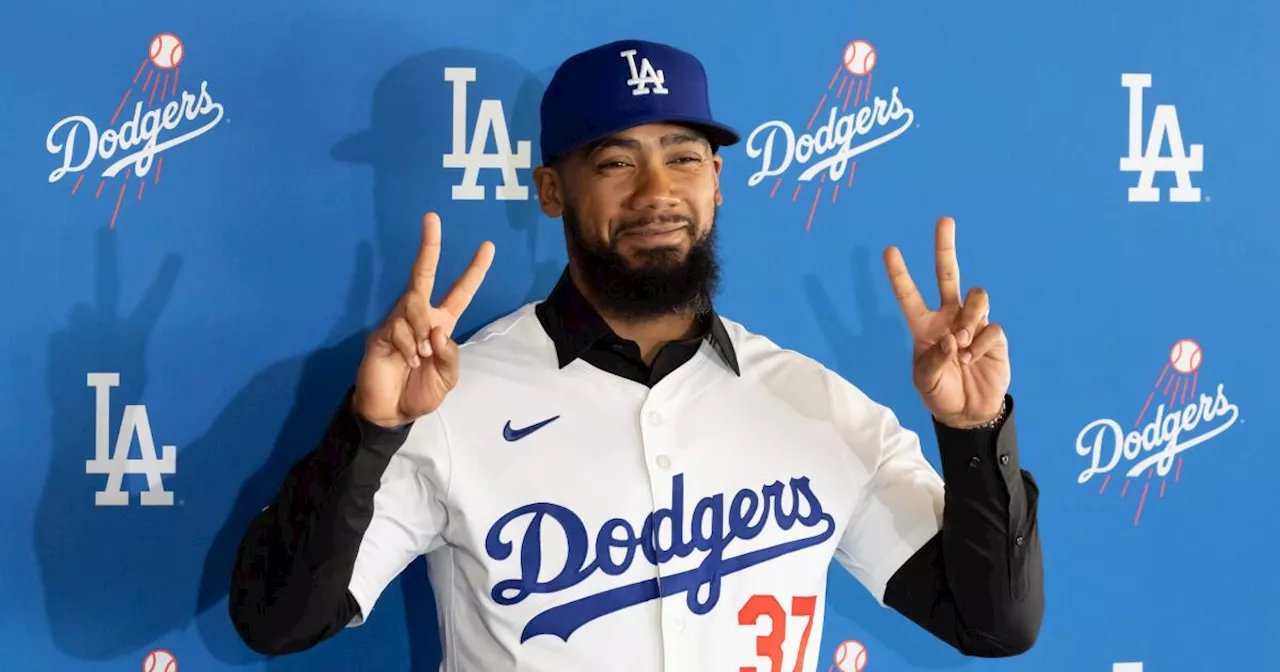 Dodgers Dugout: A 'Deal or No Deal' Look at the OffseasonDodgers insider Houston Mitchell breaks down the team's offseason moves, analyzing both the exciting additions and unexpected departures. He explores the 'Deal or No Deal' aspect of each signing and non-tender, offering a humorous take on the team's evolving roster.
Dodgers Dugout: A 'Deal or No Deal' Look at the OffseasonDodgers insider Houston Mitchell breaks down the team's offseason moves, analyzing both the exciting additions and unexpected departures. He explores the 'Deal or No Deal' aspect of each signing and non-tender, offering a humorous take on the team's evolving roster.
Read more »
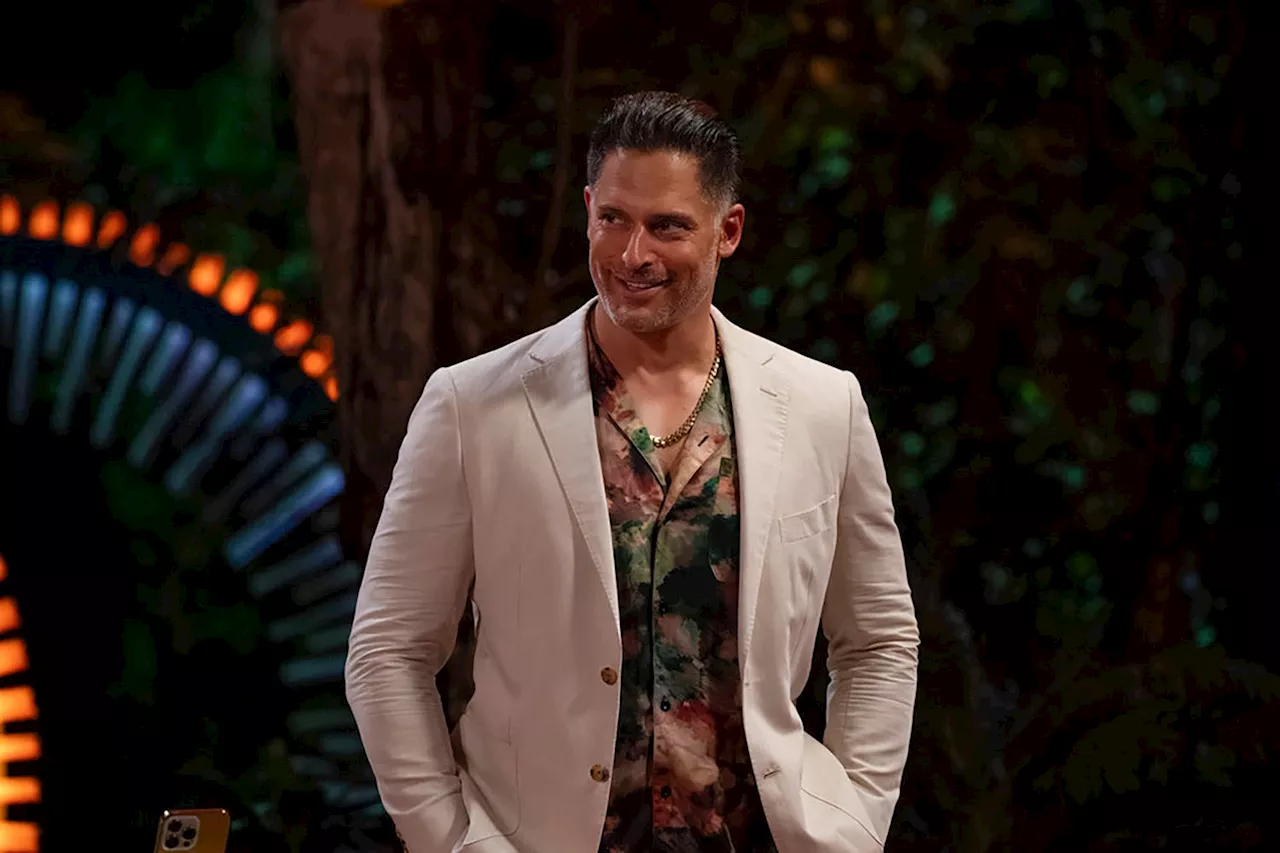 Deal or No Deal: Luke's Futility and Sydnee's Strong StartThis article discusses the premiere episode of the latest 'Deal or No Deal' season, focusing on Luke's questionable strategic choices and Sydnee's confident demeanor.
Deal or No Deal: Luke's Futility and Sydnee's Strong StartThis article discusses the premiere episode of the latest 'Deal or No Deal' season, focusing on Luke's questionable strategic choices and Sydnee's confident demeanor.
Read more »
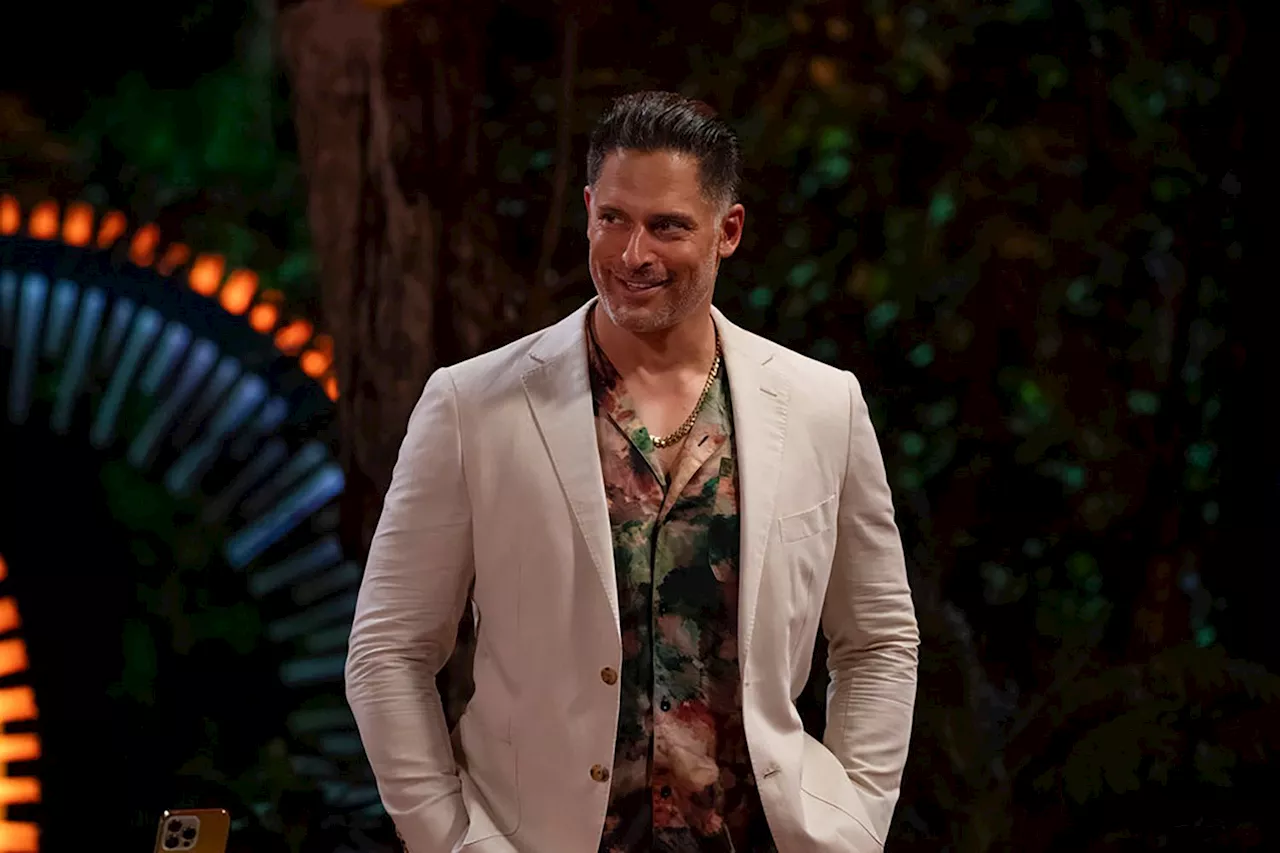 Deal or No Deal: Luke's Epic Futility and Sydnee's Strong StartENTERTAINMENT WEEKLY discusses the latest Deal or No Deal episode, highlighting Luke's series of questionable decisions and Sydnee's confident entrance.
Deal or No Deal: Luke's Epic Futility and Sydnee's Strong StartENTERTAINMENT WEEKLY discusses the latest Deal or No Deal episode, highlighting Luke's series of questionable decisions and Sydnee's confident entrance.
Read more »
